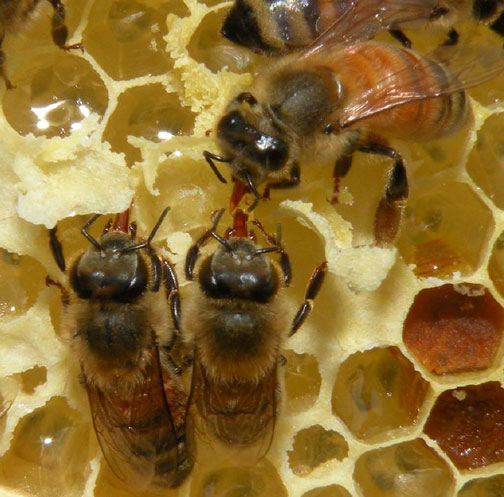“We're getting closer and closer to the point where we don't have enough bees in this country to meet pollination demands.”
- Dennis vanEngelsdorp, Ph.D., Entomologist, Univ. of Maryland

Neonicotinoid Clothianidin Pesticide and Honey Bees: “Among the neonicotinoids, clothianidin is among those most toxic for honey bees; and this combined with its systemic movement in plants has produced a troubling mix of scientific results pointing to its potential risk for honey bees through current agricultural practices. Our own research indicates that systemic pesticides occur in pollen and nectar in much greater quantities than has been previously thought, and that interactions among pesticides occurs often and should be of wide concern.”
- James Frazier, Ph.D., Prof of Entomology,
Penn State College of Agricultural Sciences
May 31, 2013 Niwot, Colorado - In early May 2013, the U. S. Department of Agriculture, apiary scientists and beekeepers all confirmed that the deaths and disappearances of honey bees in the United States in the winter of 2012 to 2013 rose again to at least one-third of all honey bee colonies.
Click here to subscribe and get instant access to read this report.
Click here to check your existing subscription status.
Existing members, login below:
© 1998 - 2025 by Linda Moulton Howe.
All Rights Reserved.

